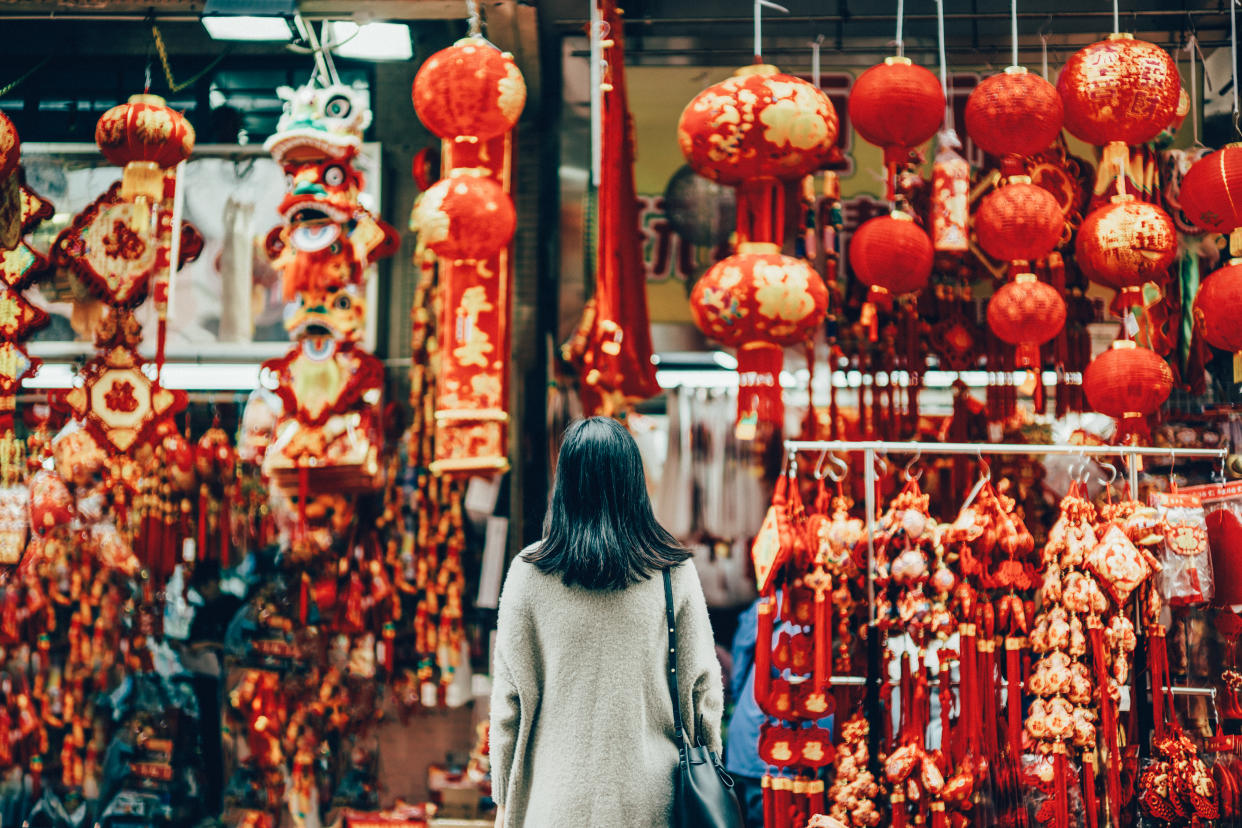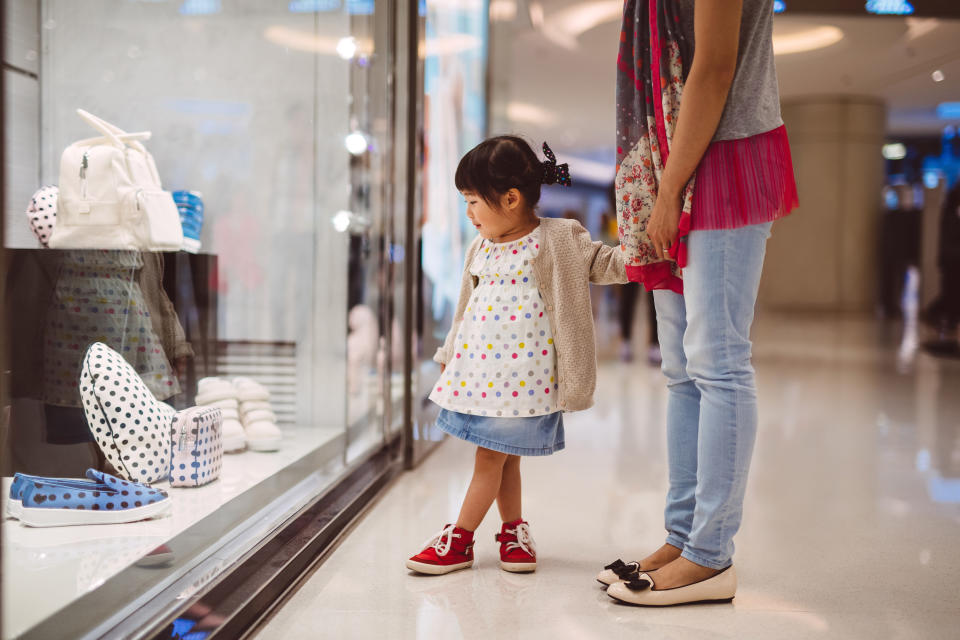Top 5 tips for a more sustainable Chinese New Year

With both a new decade and a new lunar new year cycle happening in 2020, there are lots of reasons to make a new start. And after the recent fire disasters in Australia over the New Year, the world seems to be telling us that it is definitely time to think about living more sustainably.
So here are some handy tips on how to have a more sustainable Chinese New Year celebration without missing out on any of the most important, yummiest, or fun parts.
READ MORE:
Chinese New Year 2020: Rats, luck and why you should avoid medicine, laundry and crying children
7 Chinese New Year feasts to usher in the Year of the Rat
Chinese New Year 2020: Our picks for the most unique yu sheng to toss
2020 Chinese horoscope: Your 12 animals forecast for the Year of the Rat
Hongbaos
First up we all love a bit of extra cash, right? But that doesn’t mean we can’t think a little bit about how to exchange hongbaos in a more sustainable way. Like lots of paper products that are coated with plastic prints or faux gold, these sorts of hongbao can’t be easily recycled.
You can look for red packets made from recyclable or biodegradable paper - Singapore brand Flumbo Eco Lifestyle has some super cute hongbao - or if you are lucky you might be able to get some from Cathay Pacific which recycles its uniforms to make their own hongbaos! Or you could even make your own hongbao from recycled and biodegradable paper.
Once you’ve got your packet, think about what you’re putting in it. Yes, we know that it is traditional to get brand new notes to fill up the hongbaos, but that is really very wasteful since there’s lots of notes already in circulation. Instead, try to use one of the POSB special Chinese New Year ATMs to collect your cash that is as good as new, if not brand new.
Probably the most sustainable version of a little red packet is the electronic one. Most banks now offer the function for electronic hongbaos, and it is really handy for those who have relatives overseas too.
Spring cleaning
Chinese New Year is the perfect opportunity to not only do your annual spring clean, but to also declutter your space, recycle the stuff you don’t need or want, and also a chance to change up your cleaning products to ones that are more sustainable. You can actually clean your home with just baking soda, vinegar, lemon and a bit of elbow grease.

New clothes
The tradition of starting the new year off with a new haircut and new clothes and shoes is another thing we love about Chinese New Year. So if you are going to be shopping, look for brands that create sustainable clothing and accessories.
There are so many of these new, stylish and Singapore-owned brands around now that there is no excuse not to shop sustainably for your fashion. In fact, you can now get sustainable, ethical and eco-friendly products for everything from shoes and underwear, to ballgowns and men’s suits, plus all your skincare and makeup products too.
Visiting
When it comes to all the Chinese New Year visiting, we all know we seem to spend more time in the car on the freeways getting to Auntie’s house, than we do actually seeing our relatives. So, think about the carbon footprint all that driving is causing. So try carpooling if you’re travelling with a big family - one maxicab is better than two ordinary taxis.
Even better, take public transport! Yes, you might have to walk a bit longer but think how good that extra exercise will be - you’ll be able to eat lots more yummy snacks.
Food and drink
The number two attraction of Chinese New Year - after the hongbaos obviously - are the special snacks, dishes and treats we all indulge in during the season. Unfortunately a lot of our faves come wrapped in plastic and just add to the huge amount of rubbish we create at this time of the year. To save on plastic, make your own treats and store them in glass jars, or recycle the original plastic ones. Remember our grandparents used to make all their traditional snacks, and they’re sure to be touched if you asked them for their recipes.
One of the most common dishes during Chinese New Year is something with fish as the focus. Fish means ‘surplus’, which is a great way to start off the year, but you need to make sure what sort of fish you are eating. Choose a sustainable type of fish for your dinner by checking out the WWF’s guide to buying fish in Singapore. This great poster is one to keep in mind any time you’re shopping for fish, it will tell you the sustainable position of any sort of seafood you like.
For the traditional orange exchange, try to shop for organic ones that don’t have harmful pesticides on them - after all, those chemicals will slide off onto our sweaty palms, and there’s not great for children either. Think about investing in a single large box that comes without separate plastic packaging, and then share the oranges with your family and friends.
Stay away from soft drinks and other beverages that come in plastic bottles - unless you’re 100% certain they can be recycled. To be really sustainable, go for traditional Chinese tea. Not only is it cooling and good for you, if you buy loose tea in paper and keep it in a canister, there’s little to no packaging to worry about.


